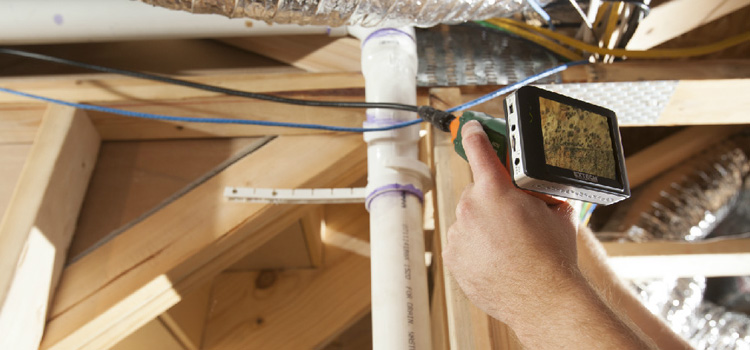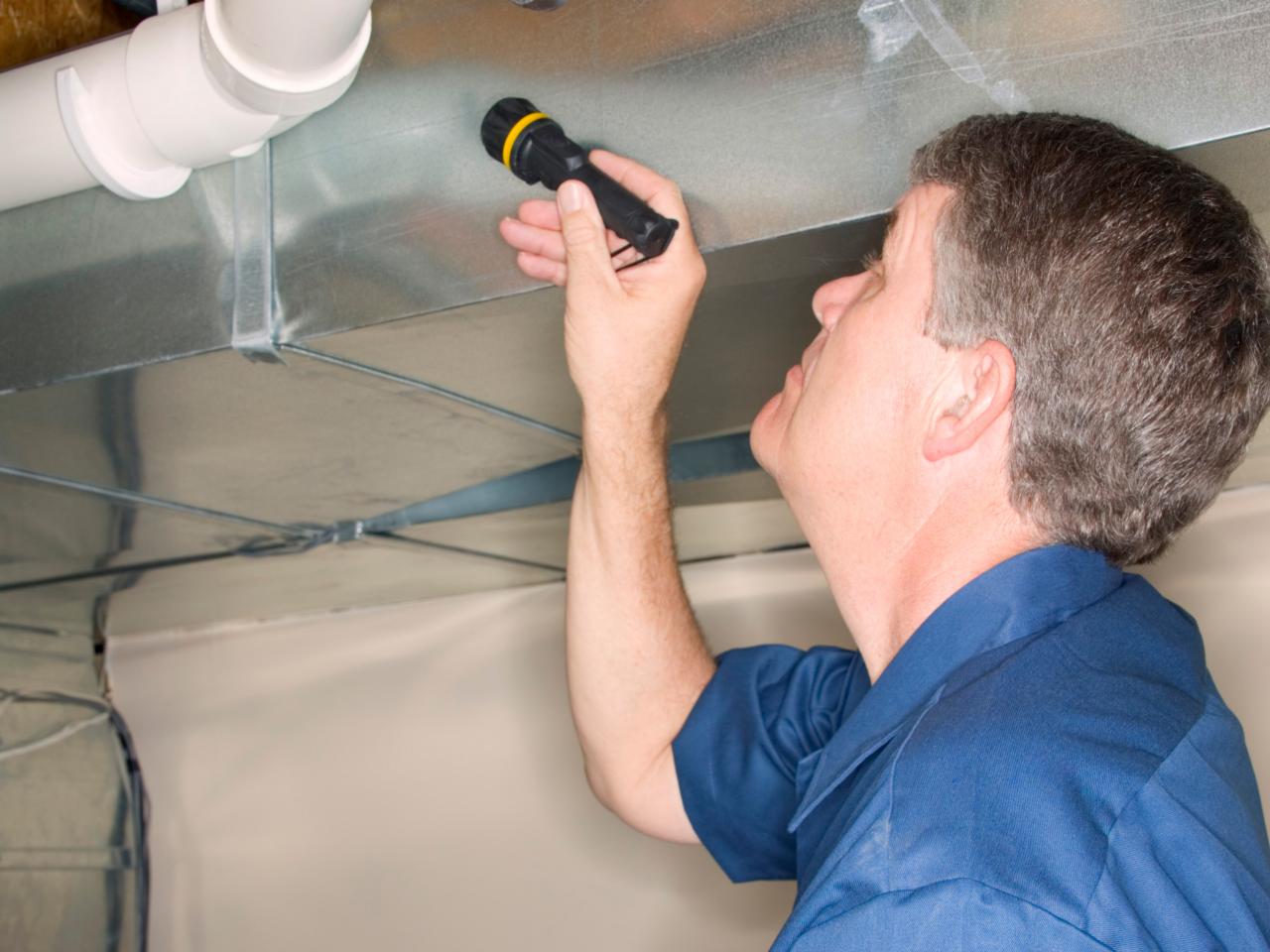After Mold Remediation Techniques for Tidy Rooms
Wiki Article
Specialist Tips for Blog Post Mold Removal Success
In the world of mold removal, effectively eliminating mold is only half the fight; the real challenge depends on stopping its reappearance. Post-remediation initiatives play a vital duty in ensuring a mold-free environment in the long term. By adhering to experienced pointers and finest techniques, people can guard their spaces against mold and mildew renewal and keep a healthy and balanced indoor setting. It is in this stage of the remediation process that focus to detail and aggressive steps absolutely make a difference.
Screen Moisture Levels Frequently
After finishing mold and mildew removal treatments, preserving ideal moisture levels is crucial to stop mold re-growth and make certain a healthy indoor setting. High humidity levels over 60% produce a favorable environment for mold to flourish, making normal checking a positive step to protect against any future mold concerns.Additionally, developing a regular schedule for humidity checks, specifically in risky areas such as cellars, kitchen areas, and bathrooms, is an aggressive approach to mold prevention. By consistently monitoring humidity levels, building proprietors can efficiently reduce the threat of mold reoccurrence and preserve a healthy and balanced indoor setting post-remediation.
Conduct Thorough Inspections Post-Remediation
Adhering to the completion of mold and mildew remediation procedures, it is necessary to conduct thorough evaluations to validate the effectiveness of the removal process. These post-remediation examinations are important in guaranteeing that the mold problem has been efficiently attended to which there is no reappearance or continuing to be mold growth. Evaluations ought to be carried out by certified professionals who have expertise in identifying mold and examining indoor air high quality.During these inspections, various techniques such as visual assessments, air tasting, and surface tasting might be used to extensively assess the remediated locations. Aesthetic assessments include an in-depth examination of the premises to look for any visible signs of mold growth or water damage. Air tasting aids in figuring out the airborne mold and mildew spore levels, while surface tasting can identify mold particles on surfaces.
Implement Correct Ventilation Methods
After guaranteeing the effectiveness of the mold and mildew remediation procedure through comprehensive inspections, the following essential action is to focus on carrying out proper ventilation strategies. Ample ventilation is crucial in preventing mold reoccurrence by controlling moisture degrees and promoting air flow. To accomplish this, it is suggested to make use of exhaust fans in areas prone to high humidity, such as kitchen areas and restrooms. Furthermore, opening up doors and windows when weather allows can assist boost airflow and decrease wetness build-up. Air purifiers and dehumidifiers are likewise important tools in preserving ideal indoor air quality.
Proper air flow not just aids in preventing mold growth yet likewise adds to the overall health and wellness and convenience of owners. By ensuring appropriate ventilation throughout the property, you can lower the danger of mold and mildew regrowth and develop a healthier living atmosphere.

Usage Mold-Resistant Materials for Services
To enhance the lasting efficiency of mold and mildew removal efforts, including mold-resistant materials for repairs is crucial in mitigating the danger of future mold and mildew development. Mold-resistant materials are designed to endure dampness and inhibit mold development, making them an essential choice for locations vulnerable to wetness and moisture. When fixing areas affected by mold and mildew, utilizing materials such as mold-resistant drywall, mold-resistant paints, and mold-resistant caulking can assist prevent mold reappearance.Mold-resistant drywall is an outstanding choice to standard drywall in locations like cellars and shower rooms where wetness degrees are greater. This kind of drywall has a special finishing that stands up to mold and mildew growth also when revealed to damp problems. Furthermore, making use of mold-resistant paints including antimicrobial agents can even more inhibit mold development on ceilings and walls.
In areas where wetness is my response typical, such as washrooms and kitchens, using mold-resistant caulking around tubs, sinks, and home windows can aid seal out water and stop mold and mildew from taking hold in splits and gaps. By buying these mold-resistant materials throughout repair work post-remediation, you can dramatically decrease the probability of future mold concerns and maintain a healthier interior atmosphere.
Maintain Cleanliness and Address Water Issues
After mold removal, it is important to keep a clean atmosphere to avoid the regrowth of mold. Leaks, water invasion, or high humidity degrees can develop the ideal breeding ground for mold and mildew, so it is important to fix any kind of water-related issues immediately.To keep cleanliness, consider making use of HEPA filters in vacuums and air purifiers to trap mold and mildew spores and prevent their circulation in the air. Making sure appropriate air flow in locations prone to moisture accumulation, such as kitchen areas and washrooms, can help keep humidity degrees in check. By staying vigilant regarding tidiness and addressing water concerns immediately, you can efficiently protect against mold reinfestation and maintain a healthy interior environment.
Verdict

In the world of mold removal, efficiently removing mold is only half the fight; go the real obstacle lies in preventing its reappearance. After completing mold removal procedures, keeping ideal moisture levels is critical to protect against website link mold and mildew re-growth and make sure a healthy interior atmosphere. High moisture levels over 60% create a favorable setting for mold and mildew to prosper, making normal checking a positive measure to avoid any type of future mold concerns.
To boost the lasting effectiveness of mold and mildew removal initiatives, incorporating mold-resistant materials for fixings is important in minimizing the threat of future mold and mildew development. After mold and mildew remediation, it is vital to keep a clean atmosphere to protect against the regrowth of mold and mildew.
Report this wiki page